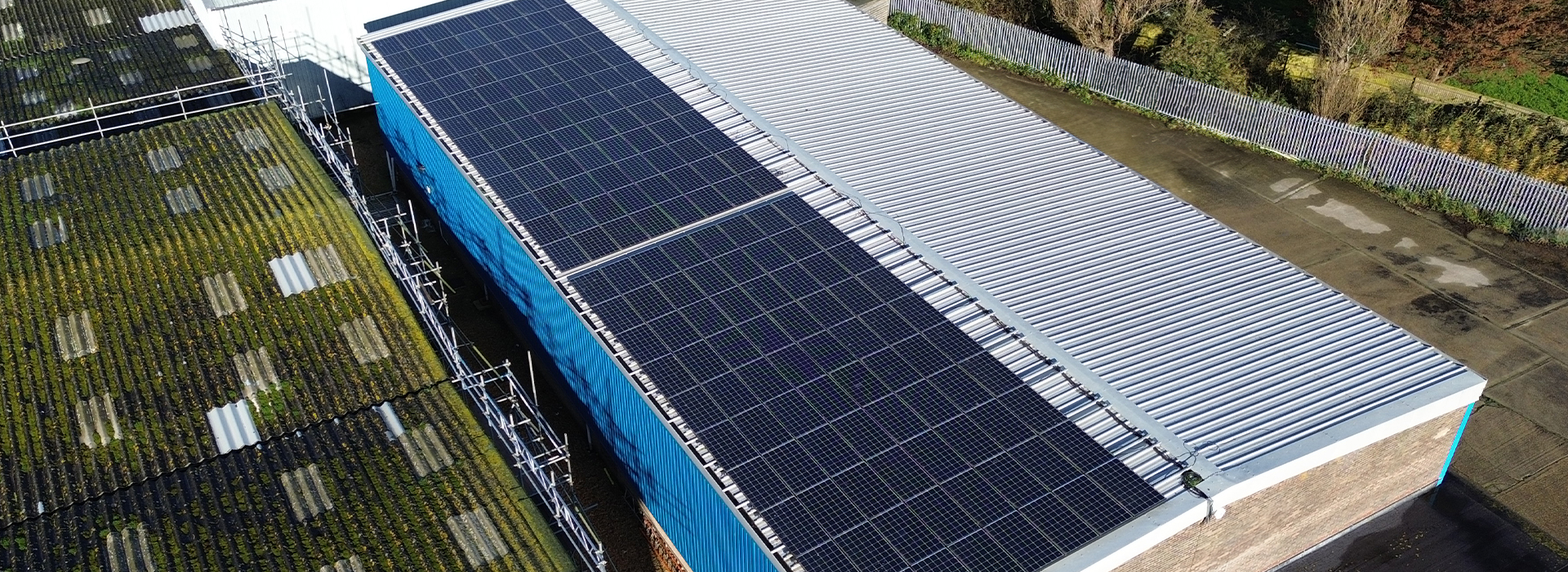As the seasons change, so do the challenges faced by workers. In the rainy autumn weather, ensuring safety becomes paramount, particularly when working at heights. In the United Kingdom, British Standards have long been a cornerstone for establishing safety guidelines. This blog post explores the significance of horizontal safety lines in the context of changing seasons, with a specific focus on rainy autumn weather, in accordance with British standards.
Safety First: The Changing Face of Autumn
Autumn in the UK often brings with it unpredictable and inclement weather. Rain, wind, and falling leaves can create hazardous conditions in various environments for construction sites. This changing weather necessitates an increased focus on safety measures, and horizontal safety lines can be a game-changer.
Compliance with British Standards
In the United Kingdom, safety is not a mere suggestion; it’s a requirement. British Standards provide a robust framework for ensuring the safety of workers and the public. Compliance with these standards is essential, as they have been developed through careful consideration of the unique challenges presented by the British climate.
Horizontal safety lines are a key component of British safety standards, offering specific guidelines for their installation and use. These standards are critical for establishing a consistent and high level of safety across all industries.
Preventing Slip and Fall Accidents
Slip and fall accidents are among the most common workplace accidents in autumn. Leaves, rain, and frost create treacherous working conditions, and British Standards provide detailed instructions on where and how horizontal safety lines should be installed to prevent such incidents.
These lines can be used to demarcate safe walkways, anchor points for personal fall arrest systems, or as handrails for stairs and elevated platforms. Compliance with British Standards ensures that these lines are properly designed and maintained to minimize risks.
Ensuring Safe Working at Heights
Autumn weather conditions often require working at heights, be it in construction, maintenance, or other industries. Falling from heights can lead to serious injuries and fatalities. Horizontal safety lines, in compliance with British Standards, offer an effective solution to reduce these risks.
British Standards provide guidelines for selecting appropriate anchor points, designing fall protection systems, and inspecting safety lines to ensure their integrity. Employers and workers alike benefit from these standards, which are designed to keep everyone safe in all conditions, including the challenges of autumn weather.
Adapting to Changing Conditions
One of the key advantages of using horizontal safety lines compliant with British Standards is their adaptability to changing conditions. Autumn weather can vary greatly from day to day, making it essential to have safety systems that can accommodate these changes.
British Standards offer flexibility in terms of design and materials, ensuring that safety lines remain effective in wet and windy conditions. They also require regular inspections and maintenance to keep them in top condition, which is crucial for safety year-round.
Conclusion
The importance of horizontal safety lines cannot be overstated when it comes to ensuring safety during the rainy autumn weather in the United Kingdom. These lines, designed in accordance with British Standards, provide a reliable and adaptable solution to the unique challenges posed by the changing seasons. By preventing slip and fall accidents and ensuring safe working at heights, they play a pivotal role in safeguarding the well-being of workers. Embracing British Standards for horizontal safety lines is not just a compliance requirement; it’s a commitment to the safety of all those who work at heights during the autumn season.



